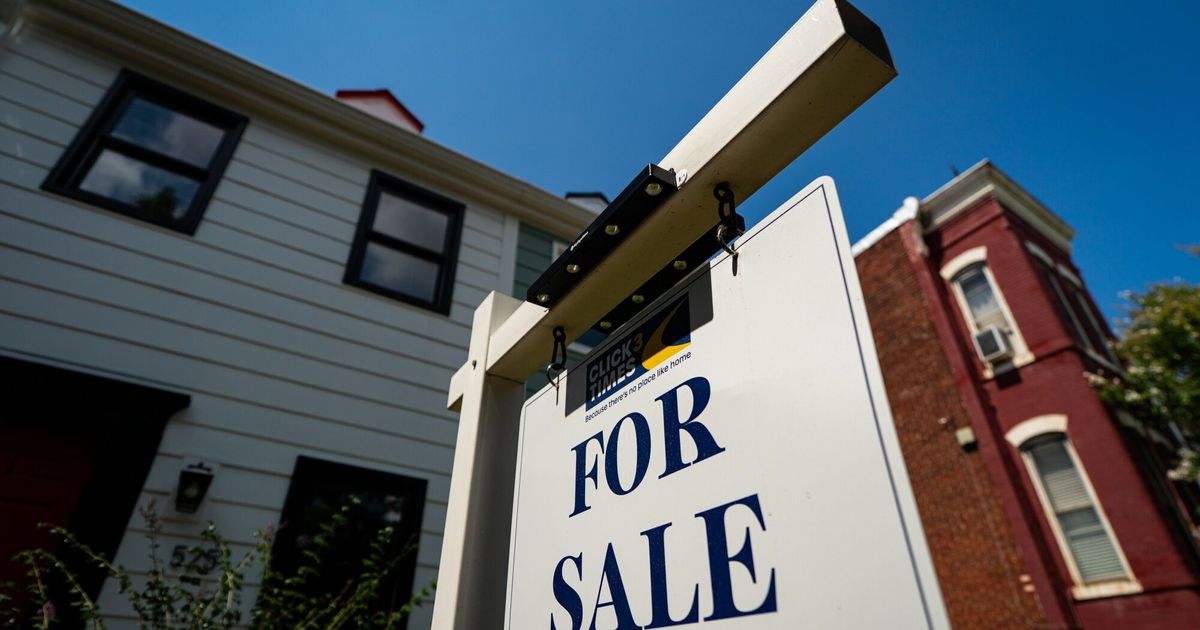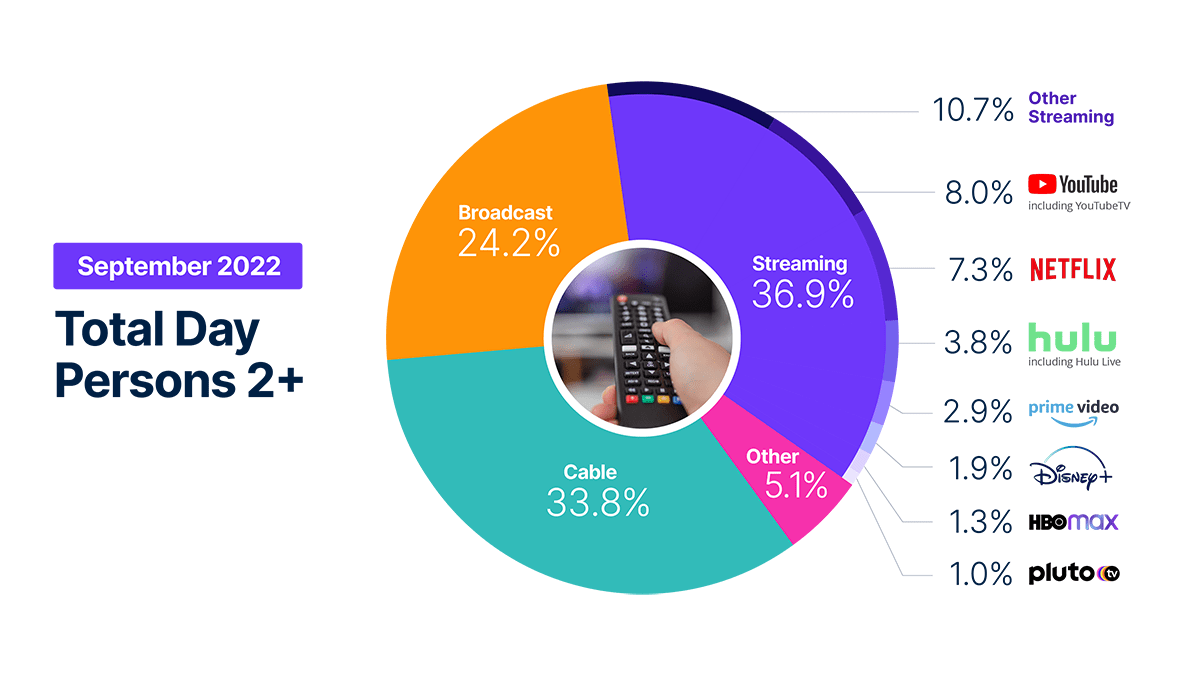Nobody would ever accuse Seattle of being an inexpensive place to live.
Over the past 10 years or so, rents in the city have skyrocketed. That’s forced many people — especially younger adults — to cram into shoebox-sized apartments or to convert the living area in a one-bedroom unit into a makeshift second bedroom. And, of course, there have been calls for rent control measures, which aren’t allowed by state law.
So this might seem counterintuitive to many: Seattle is among the least cost-burdened big U.S. cities for renters, according to census data.
The Department of Housing and Urban Development considers households cost-burdened if they spend more than 30% of total income on housing costs, such as rent and utilities. This long-standing threshold may seem a little low these days, and a sizable number of renters in the U.S. pay 50% or more of their income toward rent, but it remains the standard.
According to the Census Bureau’s annual American Community Survey released last month, 44% of renter households in Seattle spend 30% or more of their income on rent and utilities. In raw numbers, that’s about 90,700 out of the 206,400 total renter households.
As big a number as that sounds, it’s surprisingly low compared with other big cities. Among the 50 U.S. cities with the largest number of renter households, Seattle had the third-lowest percentage of cost-burdened renters in 2022.
Another even more expensive city — San Francisco — was at the bottom, with just about 36% of renter households spending 30% or more of income on rent and utilities. Jersey City, where relatively lower rents have attracted a lot of folks who work in New York City, was second from the bottom, at around 40%.
At the other end of the spectrum, 60% of renter households in Miami paid at least 30% of income on rent and utilities. Orlando, another Florida city, ranked second, followed by Los Angeles.
Of the 50 cities, there were 27 where the majority of renter households were cost-burdened in 2022.
It’s worth noting that census data includes households paying 30% or more of income toward housing costs, but that’s slightly different from the HUD definition of cost-burdened, which is more than 30% of income.
The reason a smaller share of Seattle renters are cost-burdened compared with most other big cities is simple: As high as rents are here, incomes tend to be even higher.
The median monthly cost for rent and utilities on a one-bedroom apartment in Seattle was $1,717 in 2022, according to census data. This figure is based on surveys of people living in Seattle, whether in high-end, new-construction apartments or in older, more modest buildings and in both market-rate and subsidized units. Seattle rent was nearly 50% higher than the U.S. median for a one-bedroom unit, which was $1,146 last year.
But incomes for people who rent in Seattle were even more disproportionately high. In 2022, Seattle renter households had a median income of $79,300, about 61% higher than the U.S. median for renters, which was $49,200, according to census data. Seattle ranked third highest behind San Francisco and San Jose for renter income.
The median represents the midway point. In other words, half of renters make more, and half make less. It’s the half that makes less, of course, that often struggles in a city with such high rents.
Nearly half of the 90,700 cost-burdened Seattle renter households — 43,500 of them — spend 50% or more of their income on rent and utilities, a situation that seems unsustainable.
The youngest and oldest renters in Seattle are the most cost-burdened. Among renter households headed by a person under 25, 63% were spending 30% or more on rent and utilities in 2022. Among those 65 and older, the figure was 57.5%.
















